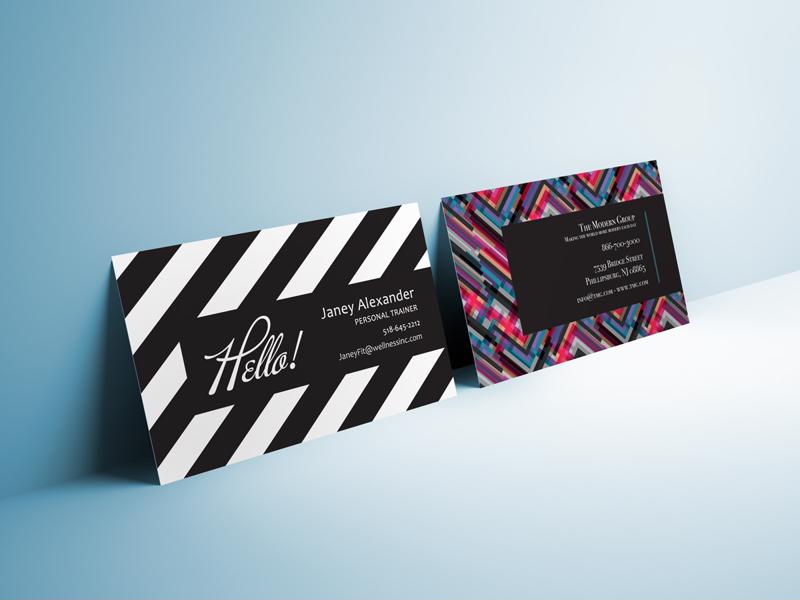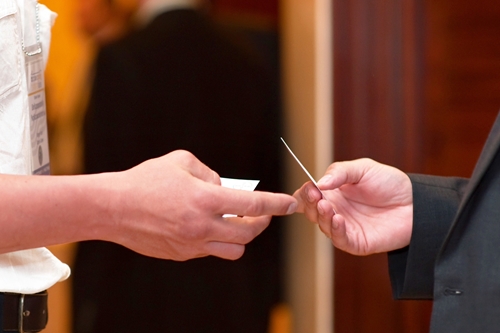Ordering business cards is simple enough, but you don't want just any piece of paper. As a small business owner, your goals include standing out from the crowd, spreading your company's name and impressing potential clients and partners. Choosing the right custom business card can help. Here is everything you need to know about business card prints and how to make them work for you:
Include Plenty of Information
The perfect business card balances necessary information and simplicity. After all, you want your acquaintances to be able to find your phone number or email without having to search. With that in mind, pair your cards down to a few pieces of information, including:
- The company's name.
- Your full name.
- Your title.
- Your work phone number.
- Your work email.
- Your company's website.
- Your company's address.
This list combines employee and company information in one card. Most business card templates inherently include fields for this info, so it's difficult to go wrong when ordering your prints.
 Include important information on your business card, along with personal flair.
Include important information on your business card, along with personal flair. Design and Layout
While business cards' main function is to give recipients a way to get in touch with your company, they can also draw attention and create a lasting impression. In fact, the design is often just as important as the words you incorporate into it. Here are a few design tips to keep in mind when creating your cards:
Include Your Logo
You created your company logo with care to ensure it reflected your goals, brand image and mission statement. With so much packed into one graphic, it certainly speaks volumes. Include it in your business cards to keep your company front and center.
Consider Images
Photo business cards present you with the opportunity to showcase your company's work. Whether you have a new product or want to share a project you've just finished, you can do so with your business cards. However, make sure you use professional photography – a featured image on the back of your card should be beautiful. Headshots are another use for photo cards. They help the recipient put a name to a face long after your networking event is over.
Don't Forget the Back
The backside of your business card is valuable real estate, so make the most of it. From featuring a company logo to including product photos, there's a lot you can add. Even QR codes have been popular for businesses to print.
Keep it Simple
To reiterate an earlier point, err on the side of simplicity when printing your cards. A beautiful design won't feel cluttered or overwhelming.
When to Use Them
"Keep a couple of business cards in your wallet at all times."
While you should keep a couple of business cards in your wallet at all times, here are a few occasions that require you to bring a stack:
Business Travel
Regardless of location, if you're traveling for work, you might be faced with an opportunity to give away a card. Pack a few in your carry-on in case you spark a conversation mid-flight.
Conventions and Trade Shows
Even if you don't have a booth, bring business cards to conventions. The whole point of these events is to meet others in the industry, so they're perfect opportunities to make connections.
Business Meetings
Talking to a client? Meeting with a vendor? Bring your cards. They might already be familiar with your company, but existing partners and customers can help spread the word about you. Give them a few cards to hand out to others who might be looking for services like the ones you provide.
When to Update Them
It's time to refresh your business cards when the information is no longer relevant. That could include any of these scenarios:
- Your company moved locations.
- You have a new title.
- Your business rebranded.
- You have a new email/social media account/phone number.
- You launched a new product and want to feature it with a photo card.




No Comments